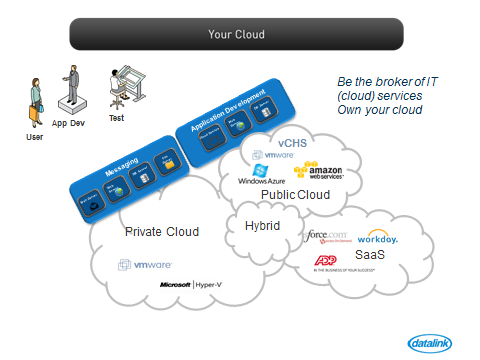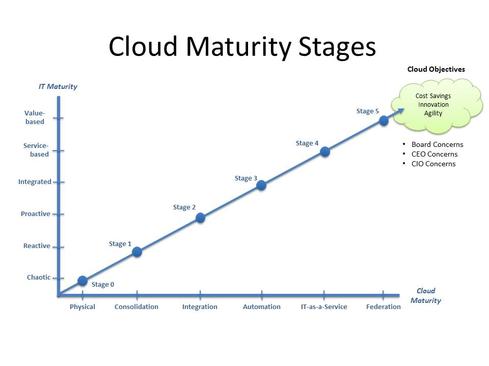We hear a lot about the cloud and its many forms, but hybrid cloud is fast becoming the dominant model. Your environment is likely already a hybrid cloud. Embracing this new reality will color every decision and assumption you make about cloud.
There are many ways to tell your environment is, indeed, an emerging hybrid cloud. Let’s start with definitions.
In a blog post, Dave Bartoletti, principal analyst at Forrester Research, defines hybrid cloud as “a cloud service connected to any other corporate resource.” He notes that an organization is already a hybrid cloud if it has anything in its datacenter connected to a SaaS application. My own firm defines hybrid cloud as “the usage of some services within your organization’s private cloud environment combined with services from an external, third party (public) cloud provider.”
Here are a few other clues your organization has already embarked on hybrid cloud:
- What you’re using -- In a blog post, James Staten, vice president and principal analyst at Forrester, said respondents from a late 2012 survey already had more than six SaaS cloud solutions in use. Such solutions often require connections to internal IT resources to send and receive data.
- What you’re planning -- In 2013, research conducted by 451 Research on behalf of Microsoft found nearly 70% of those surveyed had already adopted or planned to adopt a hybrid cloud model.
- What you’re doing -- Many IT organizations ask us to help them evaluate the merits of outsourcing IT services to one or more public cloud providers. Sometimes this makes sense. Often, the organization finds it can outsource large pieces to a service provider, yet must still retain local control and security of key aspects.
Addressing your new reality as a hybrid cloud is pivotal to IT’s emerging role as a competent cloud broker of IT services to the business. It’s a role IT organizations are assuming -- first in a more manual form, later in a more automated fashion. Accommodating the reality of hybrid clouds and the brokerage of IT services will require fundamental shifts in a number of areas:
- IT philosophy -- You are now the arbiter who pairs emerging needs with the right mix of cloud services.
- IT roles -- The organization may need to incorporate new cloud-centric roles to implement this philosophy. These could include that of cloud product manager, cloud architect, and cloud operator.
- IT processes -- You need to develop policies and processes that help balance business needs against a filter that considers business-criticality of an application as well as requirements for cost savings, governance (like security and compliance), availability, and performance. This will help you more easily decide on hybrid cloud services vs. the potential need for private cloud services for your most critical (or core) applications.
- IT technologies -- As hybrid cloud technology matures, look at adding tools, platforms, and software layers that help automate your cloud service brokerage policies and processes. This will improve your ability to monitor and manage the flow of data and applications between cloud environments. These should also help you ensure the ongoing quality of cloud services delivered. As noted in Stage 5 of Datalink’s cloud maturity model (see below), this is part of a natural evolution of your cloud journey that we call federation.
As we’ve seen with many midrange and enterprise clients, the sooner you grasp these hybrid cloud nuances, the sooner you’ll position your environment to achieve cloud’s ultimate end game: greater agility, greater cost savings, and a new, service-oriented mindset that brings greater profits to your business.










